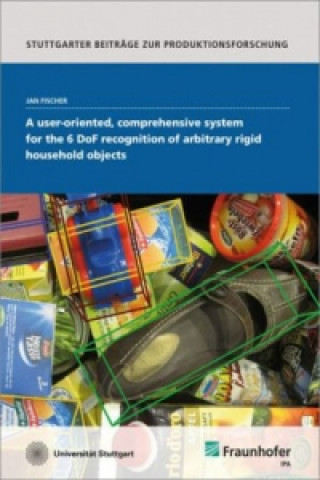
Kod: 09926638
A user-oriented, comprehensive system for the 6 DoF recognition of arbitrary rigid household objects.
Autor Jan Fischer
The objective of this thesis is the development of a model-based object recognition system for the 6 degrees of freedom localization of typical rigid household objects that explicitly enables an intuitive teaching of new objects. ... więcej
- Język:
 Angielski
Angielski - Oprawa: Miękka
- Liczba stron: 159
Wydawca: Fraunhofer Verlag, 2015
- Więcej informacji o książce

49.04 €
Zwykle: 51.61 €
Oszczędzasz 2.57 €
Dostępność:
50 % szansa Otrzymaliśmy informację, że książka może być ponownie dostępna. Na podstawie państwa zamówienia, postaramy się książkę sprowadzić w terminie do 6 tygodni. Gwarancja pełnego zwrotu pieniędzy, jeśli książka nie zostanie zabezpieczona.
Otrzymaliśmy informację, że książka może być ponownie dostępna. Na podstawie państwa zamówienia, postaramy się książkę sprowadzić w terminie do 6 tygodni. Gwarancja pełnego zwrotu pieniędzy, jeśli książka nie zostanie zabezpieczona.Przeszukamy cały świat
Zobacz książki o podobnej tematyce
-
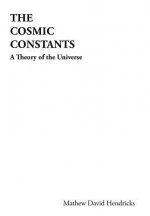
Cosmic Constants
19.91 € -19 % -

Factors Affecting Customers' Decisions to Buy Retail Banking Services
66.82 € -
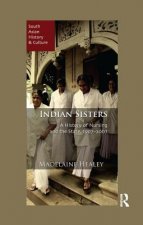
Indian Sisters
72.13 € -

Successful Change and Transformation Management
20.43 € -

Mesoamerican History: A Captivating Guide to Four Ancient Civilizations That Existed in Mexico
19 € -2 % -
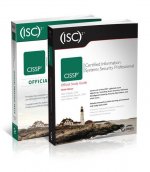
(ISC)2 CISSP Certified Information Systems Securit y Professional Official Study Guide & Practice Tes ts Bundle, 3rd Edition
69.68 € -27 % -

Telemann: Fantasie, Britten: Metamorfózy / Vilém Veverka - hoboj - CD
24.92 €
Podaruj tę książkę jeszcze dziś
- Zamów książkę i wybierz "Wyślij jako prezent".
- Natychmiast wyślemy Ci bon podarunkowy, który możesz przekazać adresatowi prezentu.
- Książka zostanie wysłana do adresata, a Ty o nic nie musisz się martwić.
Powiadomienie o dostępności
Wpisz swój adres e-mail, aby otrzymać od nas powiadomienie,
gdy książka będzie dostępna. Proste, prawda?
Więcej informacji o A user-oriented, comprehensive system for the 6 DoF recognition of arbitrary rigid household objects.
Za ten zakup dostaniesz 121 punkty
 Opis
Opis
The objective of this thesis is the development of a model-based object recognition system for the 6 degrees of freedom localization of typical rigid household objects that explicitly enables an intuitive teaching of new objects. When considering the perceptual process of object recognition in its entirety, it may be divided into the three main areas: data acquisition, object modeling and object localization. The different areas are examined individually and distinct contributions to each of them are presented and evaluated.§The originating conditions for the recognition process system are one-shot images of range and color data. Considering data acquisition, it is most often taken for granted that a sensor delivers directly 2.5D data or color information. However, when combining different sensor modalities, it is possible to exceed the data quality of a single sensor. The thesis follows this idea and presents a novel sensor fusion technique for data acquisition that combines the 2.5D input data from a stereo and a range imaging system.§Regarding object modeling, the thesis presents a method for dense object modeling directly on the robot using its manipulator and camera system. Additionally, two stand-alone training setups are introduced which avoid the explicit need of a robotic manipulator for object modeling. One is using a turn table to rotate the object in front of the camera system and the other one is using a chessboard where the camera is manually moved around a stationary object. Initial work conducted within the scope of this thesis proposes a fastSLAM-based in-gripper object modeling approach which is able to cope with multi-occurrences of similar textures on the object's surface. This approach is further developed and the information filter is replaced by a bundle adjustment algorithm that enables a faster registration of the individual object views.§This thesis proposes two novel binary descriptors for textured and texture-less object modeling that enable the usage of rapid bit operations to accelerate the descriptor computations. When addressing textured objects, recent fast-to-compute descriptors achieving remarkable recognition rates have been presented. This thesis proposes a scale invariant extension of the binary feature descriptor ORB, which is fast to compute while still being as descriptive as SURF. In order to distinctly describe texture-less objects, a global histogram-based descriptor is presented, that aggregates 2D and 3D gradient information from a local binary descriptor. Compared to the current state-of-the art, the descriptor exhibits scale and rotation invariance. Additionally, the underlying binary descriptor is computed faster than competing methods by the use of dynamic programming.§In order to increase the robustness of texture-less object recognition, data association is subject to a spatial constraint to take account for the spatial expansion of an object. The thesis proposes an adaptive sliding window approach to build up a probability map for prominent object locations. Based on a non-maximum suppression algorithm, the dominant object locations are selected.§The different components have been integrated in a software framework for 6 DoF object recognition that has been implemented on the service robot Care-O-bot. 3 using the middleware ROS. The software components for data acquisition, object modeling and object recognition are evaluated individually using standard datasets and typical real world household objects like plates, bottles or cups.
 Szczegóły książki
Szczegóły książki
49.04 €
- Pełny tytuł: A user-oriented, comprehensive system for the 6 DoF recognition of arbitrary rigid household objects.
- Autor: Jan Fischer
- Język:
 Angielski
Angielski - Oprawa: Miękka
- Liczba stron: 159
- EAN: 9783839608913
- ISBN: 3839608910
- ID: 09926638
- Wydawca: Fraunhofer Verlag
- Waga: 240 g
- Wymiary: 210 × 144 × 12 mm
- Data wydania: 01. October 2015
Ulubione w innej kategorii
-

Berserk Deluxe Volume 1
48.73 € -28 % -

Haunting Adeline
30.75 € -

Berserk Deluxe Volume 2
52.20 € -

Cry Baby Coloring Book
9.80 € -13 % -

Berserk Deluxe Volume 3
48.83 € -4 % -

The Official Stardew Valley Cookbook
23.70 € -18 % -

Hunting Adeline
31.77 € -

Powerless
11.95 € -8 % -

Atomic Habits
16.44 € -29 % -

Harry Potter and the Prisoner of Azkaban (Minalima Edition)
35.34 € -14 % -

Chainsaw Man, Vol. 15
10.41 € -23 % -

Berserk Deluxe Volume 4
46.58 € -8 % -

White Nights
3.57 € -

House of Leaves
23.18 € -23 % -

Gravity Falls Journal 3
18.38 € -14 % -

JUJUTSU KAISEN V22
10.72 € -18 % -
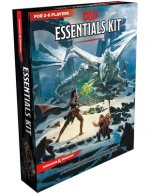
Dungeons & Dragons Essentials Kit (D&d Boxed Set)
30.34 € -

Iron Flame
16.24 € -25 % -

No Longer Human
13.48 € -17 % -

A Little Life
17.46 € -

Surrounded by Idiots
10.72 € -11 % -

Twisted Love
9.80 € -18 % -

Berserk Deluxe Volume 5
50.47 € -1 % -
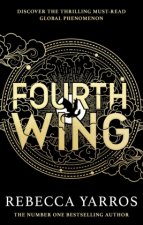
Fourth Wing
10.21 € -15 % -
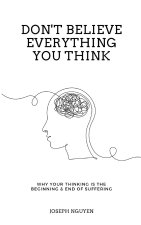
Don't Believe Everything You Think
13.27 € -18 % -

Twisted Lies
9.80 € -18 % -

BALLAD OF SWORD & WINE QIANG JIN JIU V01
16.65 € -21 % -

Bungo Stray Dogs, Vol. 8 (light novel)
16.54 € -

Twisted Games
9.80 € -24 % -

The 48 Laws of Power
24.51 € -10 % -
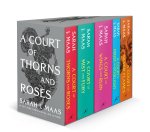
Court of Thorns and Roses Paperback Box Set (5 books)
50.06 € -21 % -

Berserk Deluxe Volume 6
51.08 € -

Court of Thorns and Roses
9.29 € -22 % -
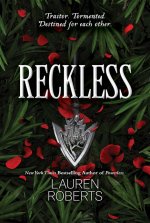
Reckless
11.84 € -18 % -

Heaven Official's Blessing: Tian Guan Ci Fu (Novel) Vol. 1
18.08 € -15 % -

The Creative Act
24 € -13 % -
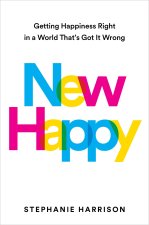
New Happy
17.36 € -39 % -

Dune Messiah
8.98 € -21 % -

Icebreaker
9.19 € -23 % -

Court of Mist and Fury
9.39 € -19 % -

Heaven Official's Blessing: Tian Guan Ci Fu Vol. 4
18.69 € -12 % -

Twisted Hate
10.21 € -15 % -
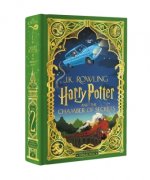
Harry Potter and the Chamber of Secrets: MinaLima Edition
30.03 € -17 % -
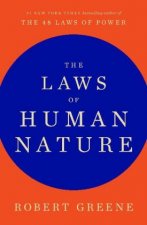
The Laws of Human Nature
16.03 € -5 % -
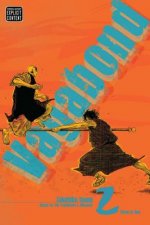
Vagabond (VIZBIG Edition), Vol. 2
26.35 € -7 % -
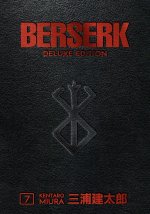
Berserk Deluxe Volume 7
48.01 € -5 % -

Heaven Official's Blessing: Tian Guan Ci Fu (Novel) Vol. 2
18.89 € -11 % -

CHAINSAW MAN V14
11.23 € -

King of Sloth
10.72 € -11 %
Osobný odber Bratislava a 2642 dalších
Copyright ©2008-24 najlacnejsie-knihy.sk Všetky práva vyhradenéSúkromieCookies


 21 miliónov titulov
21 miliónov titulov Vrátenie do mesiaca
Vrátenie do mesiaca 02/210 210 99 (8-15.30h)
02/210 210 99 (8-15.30h)